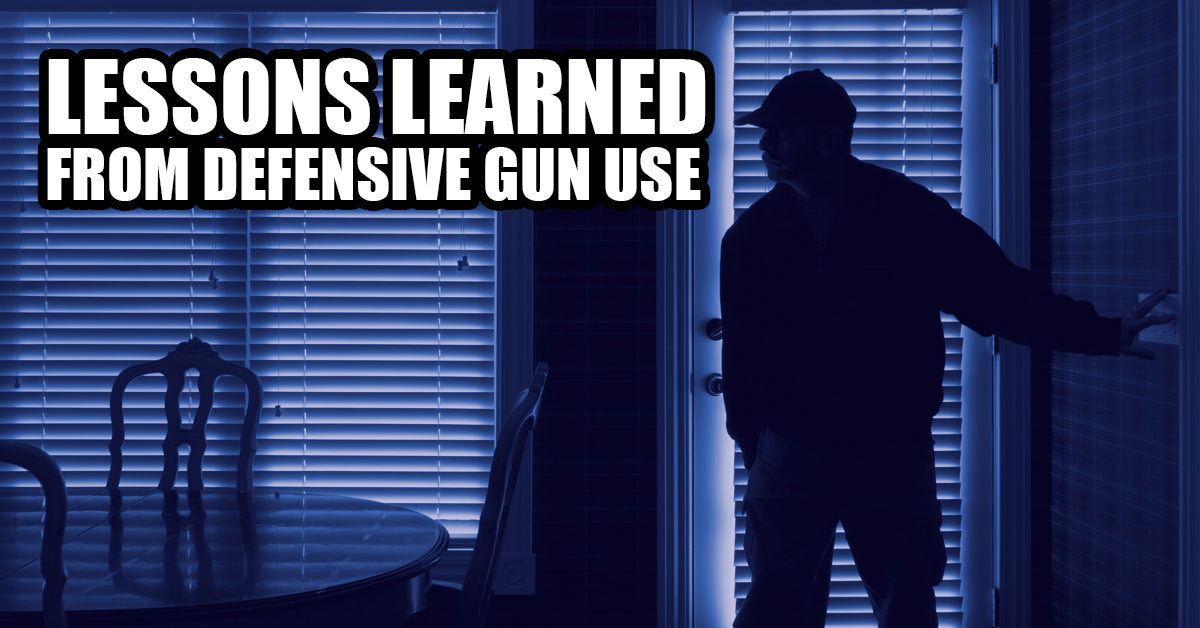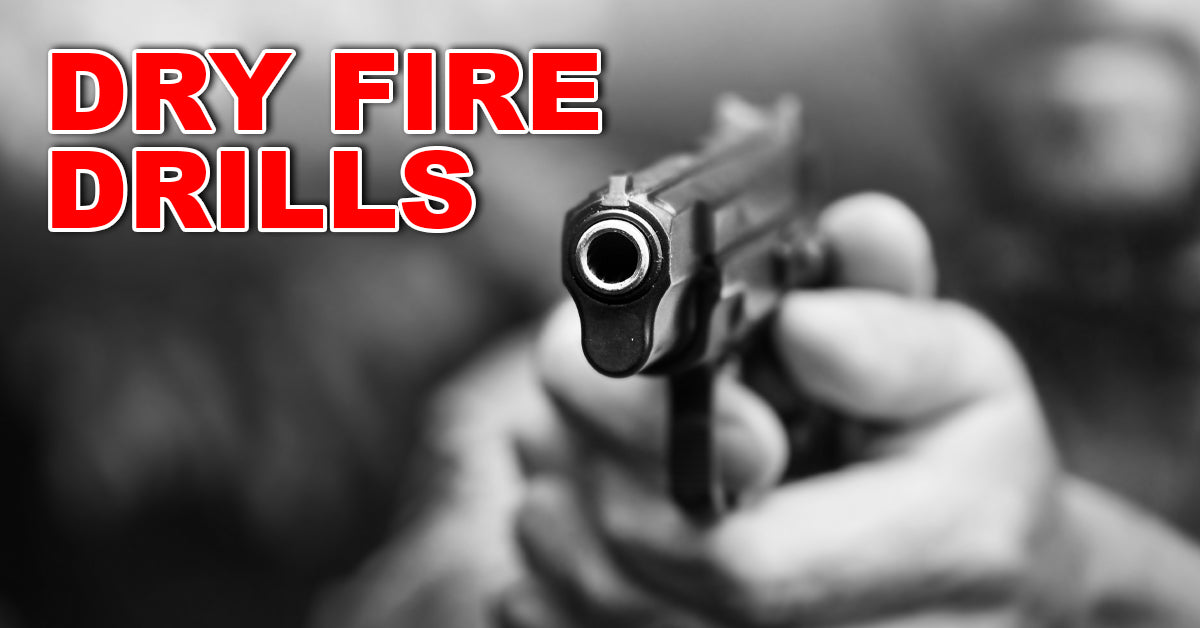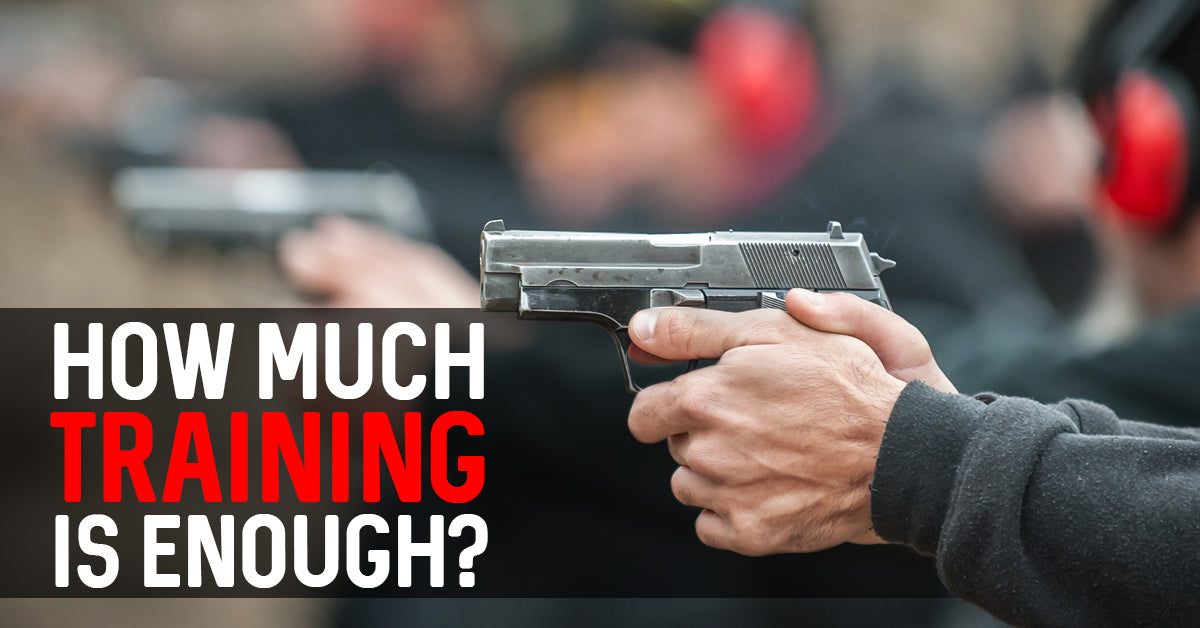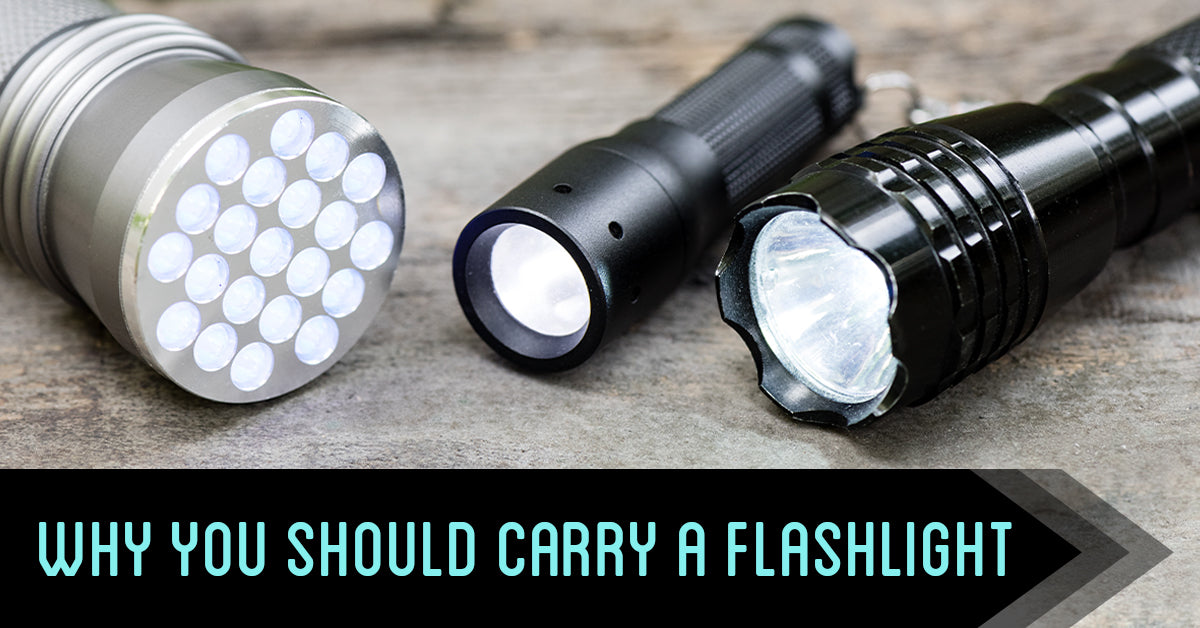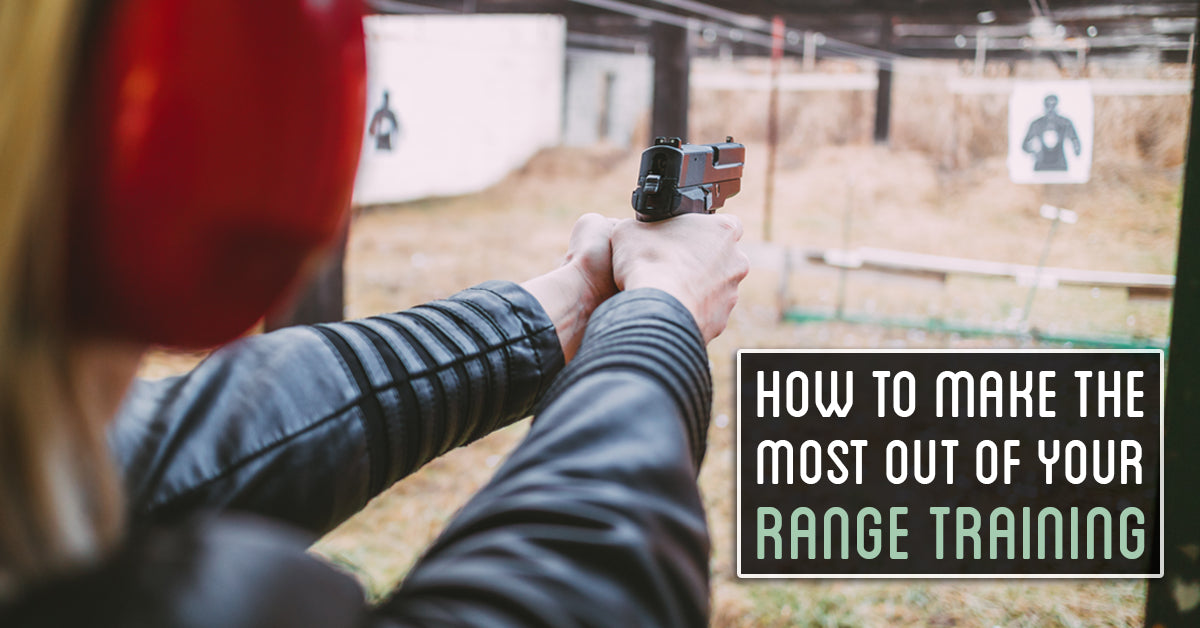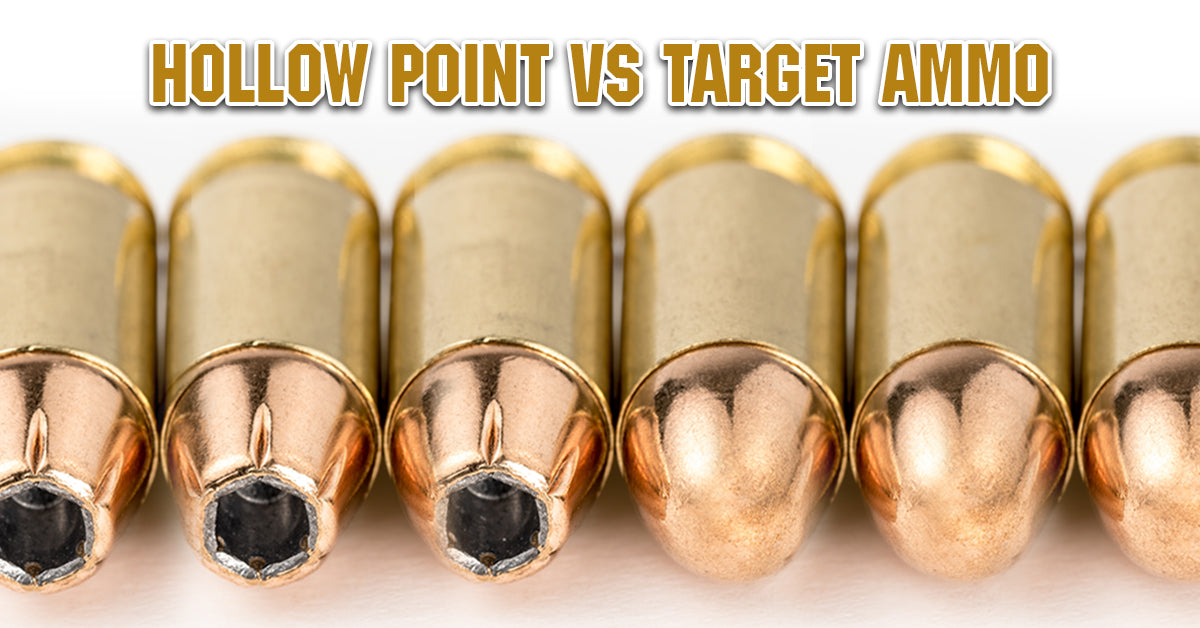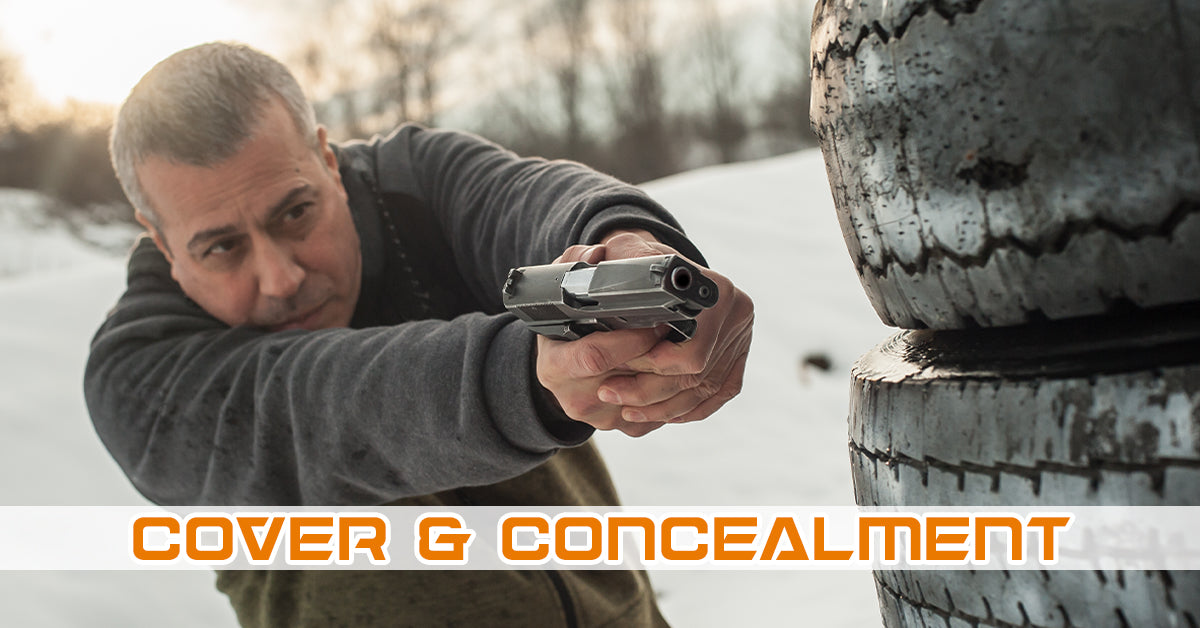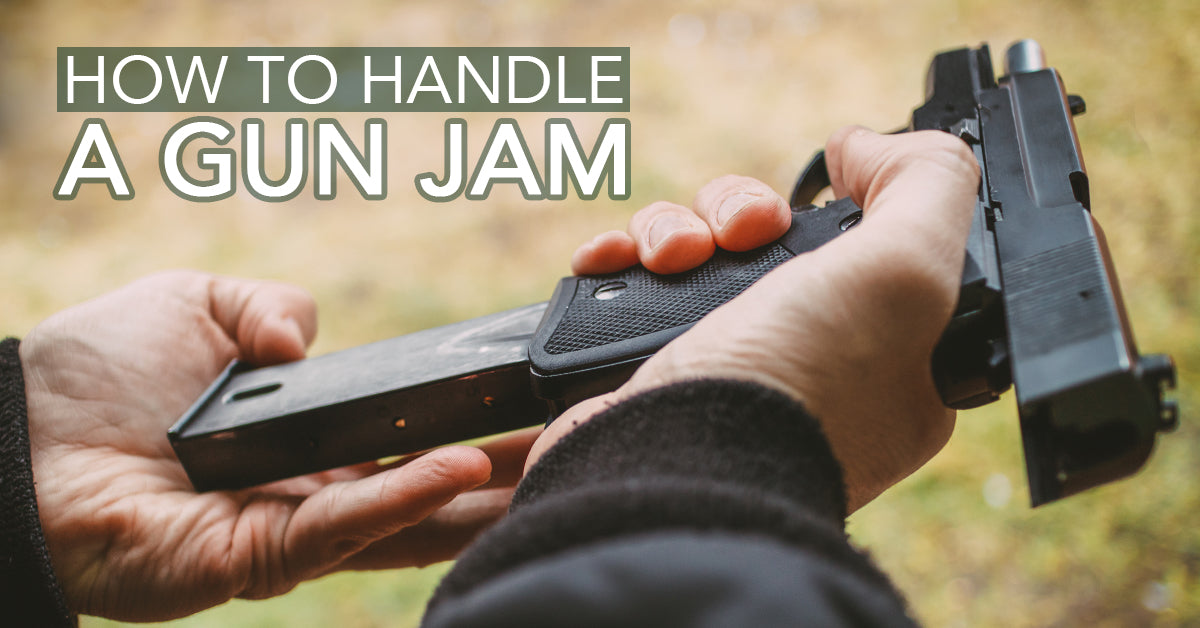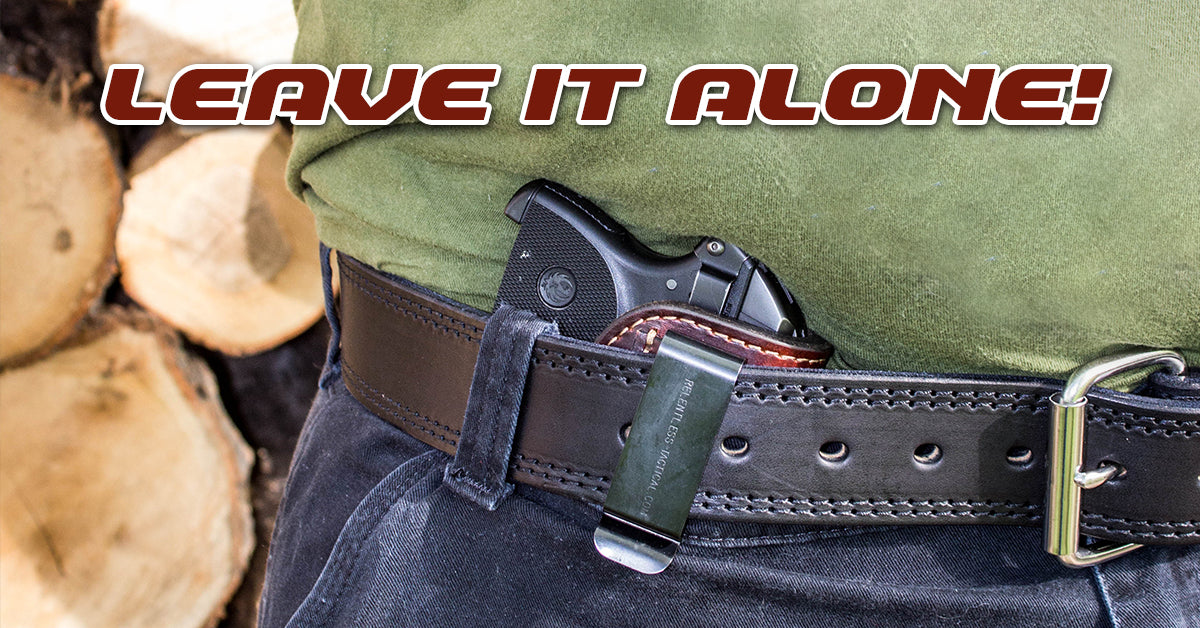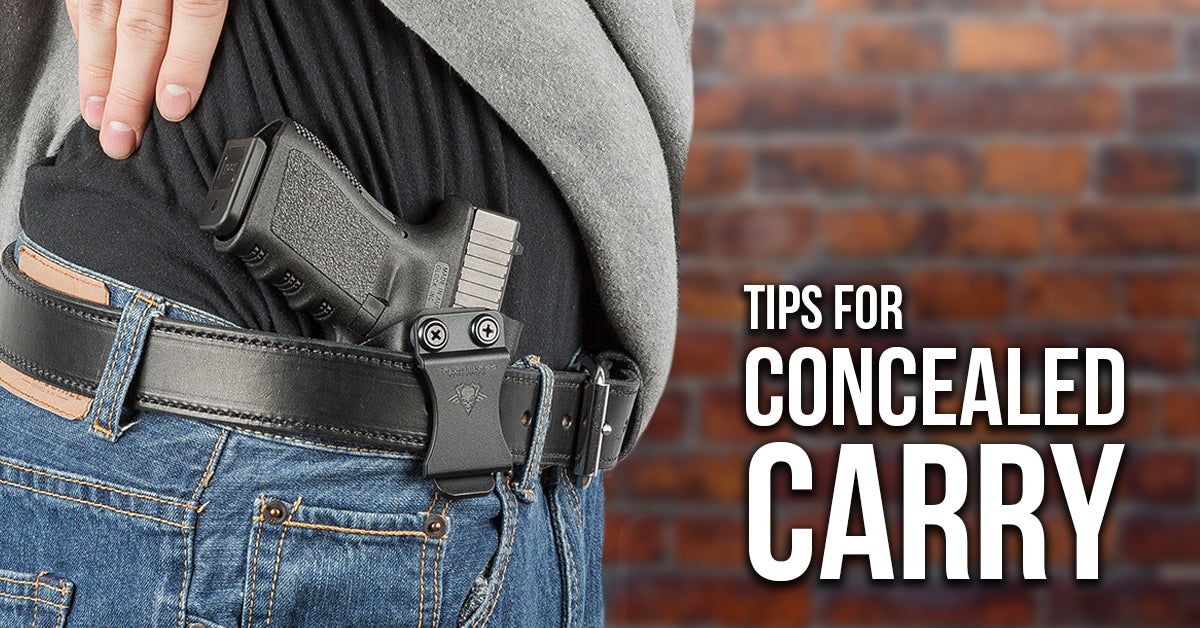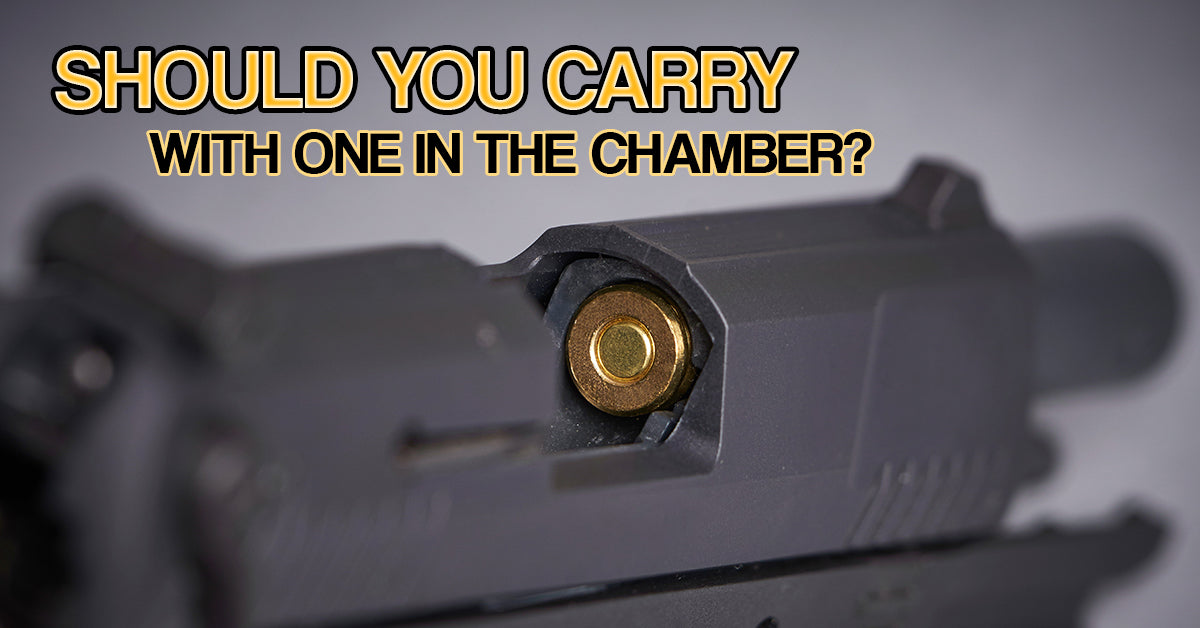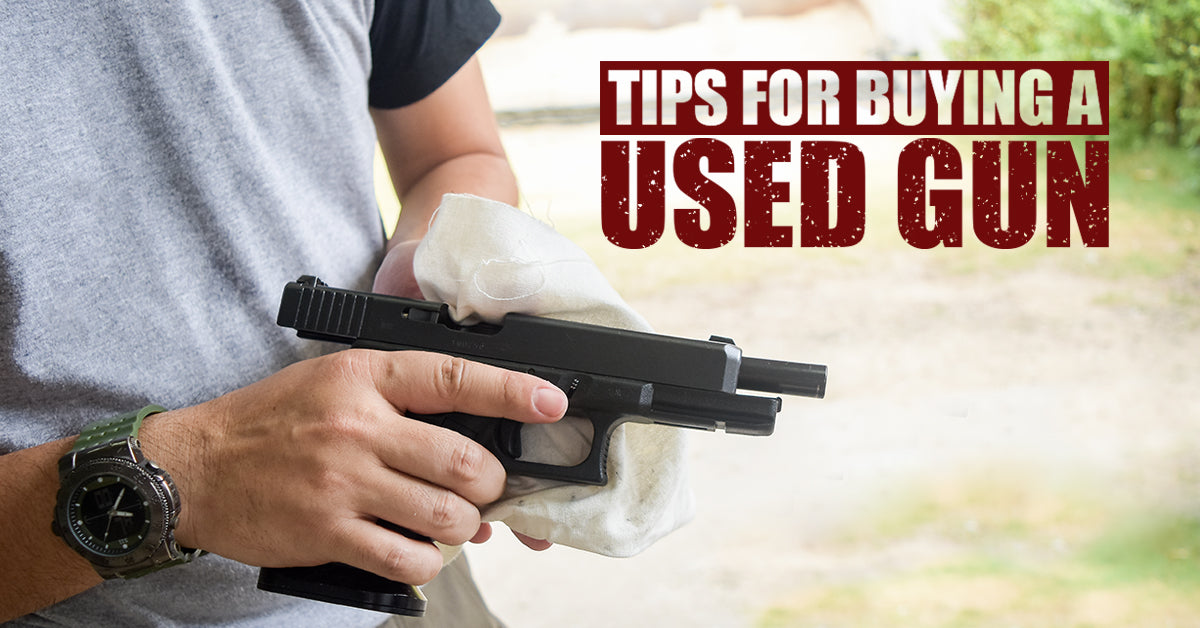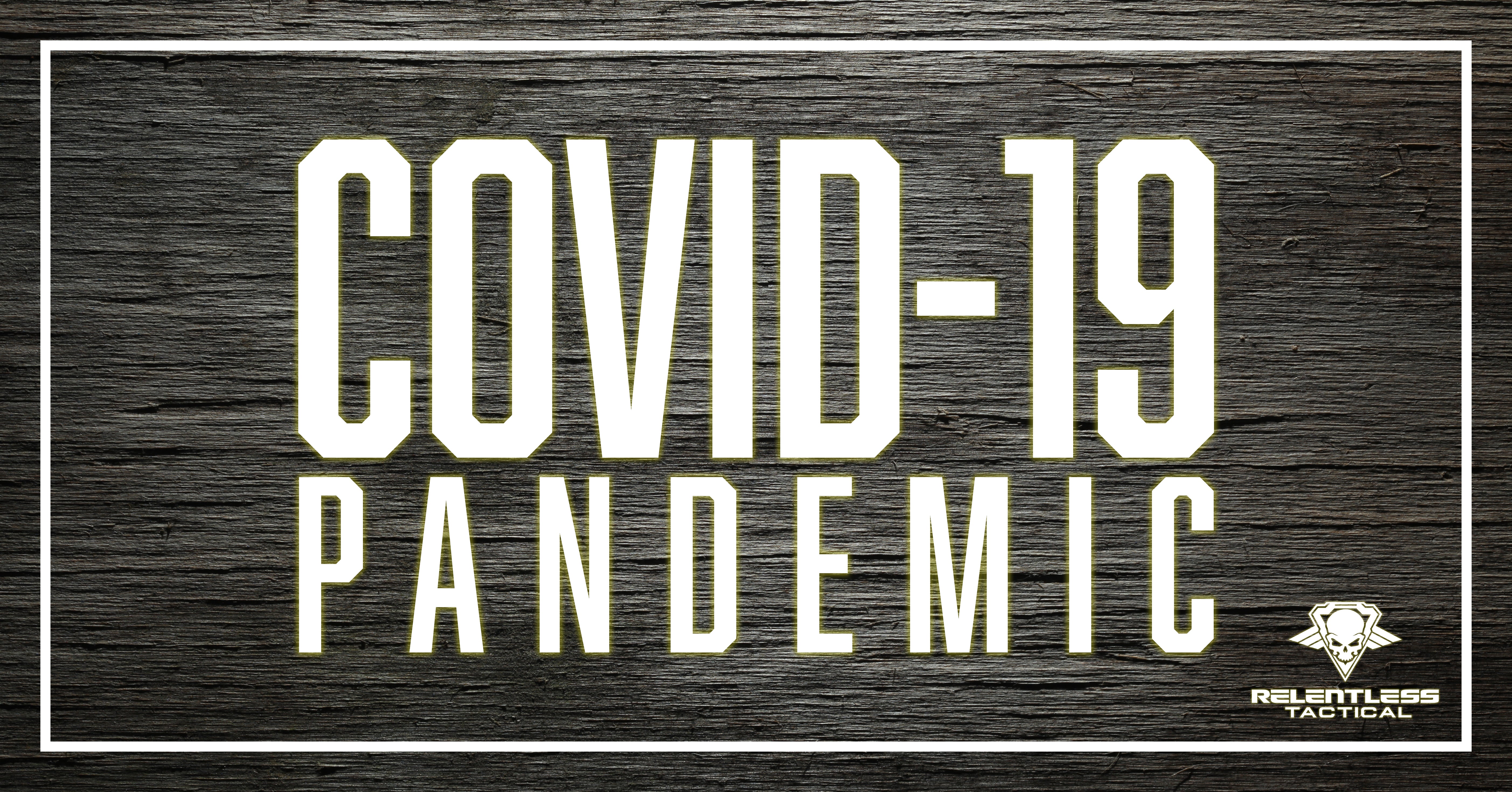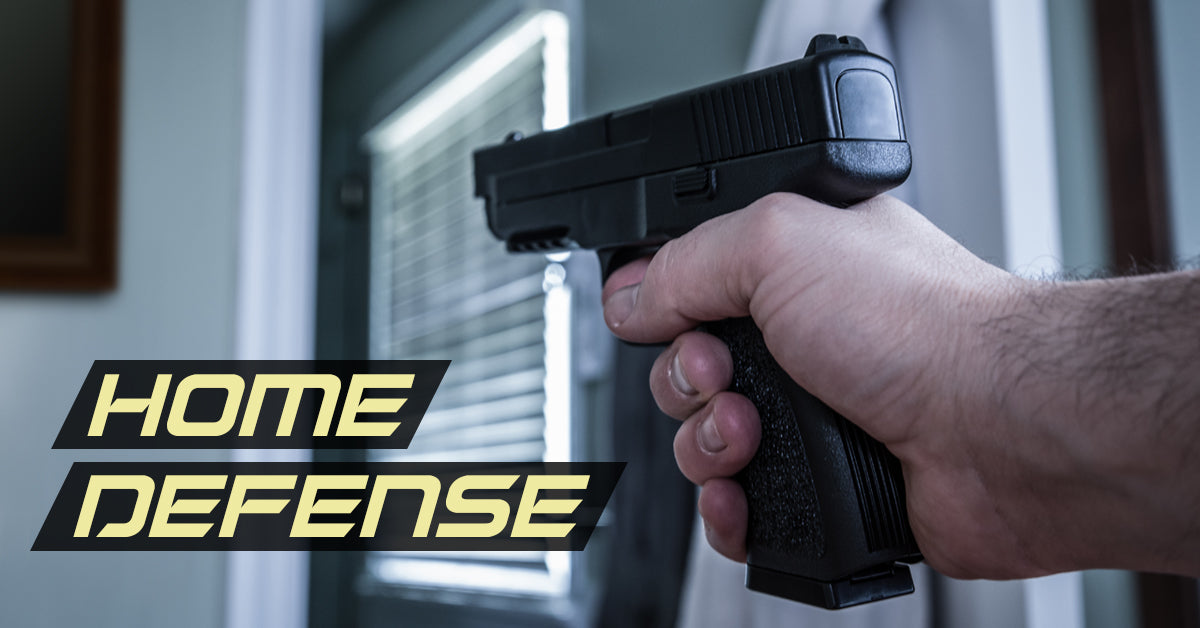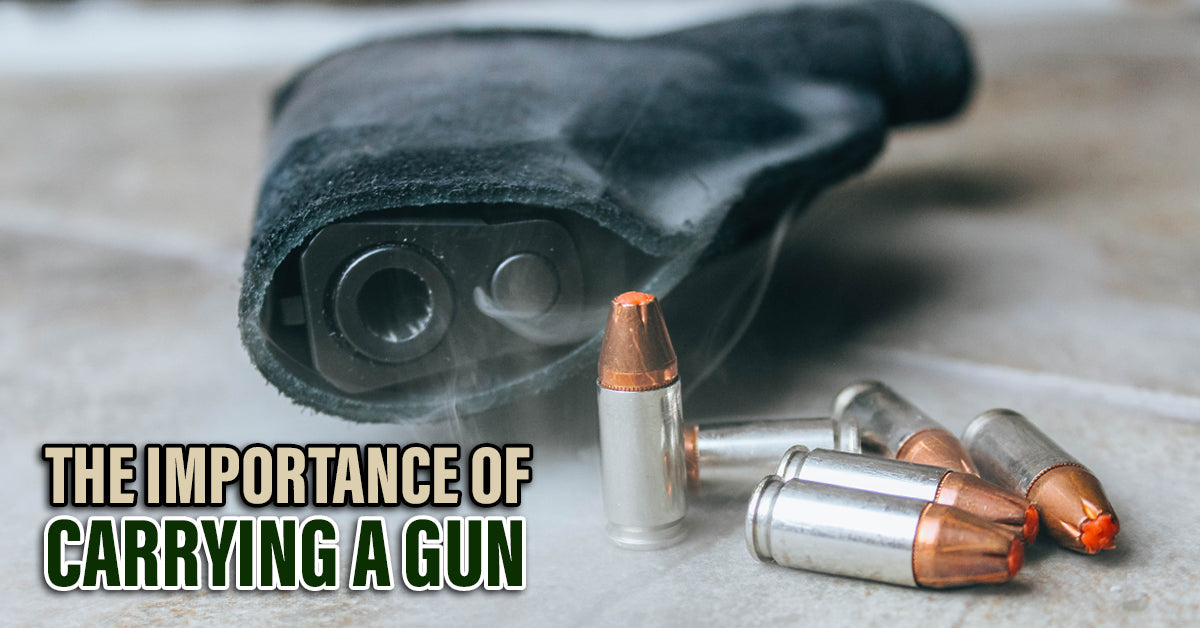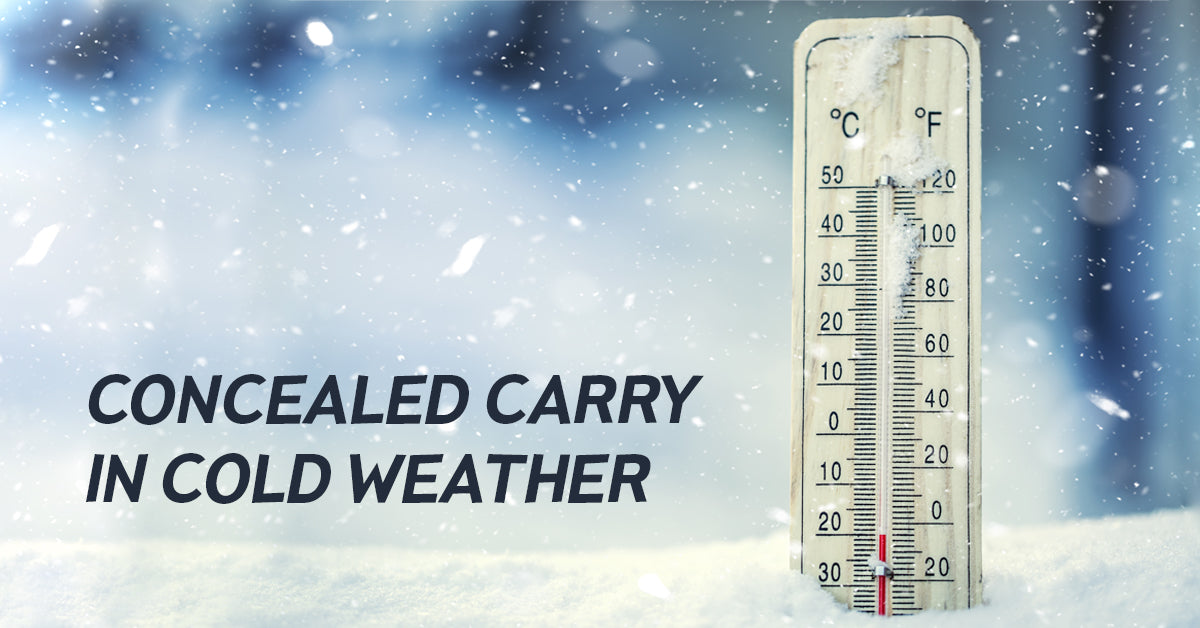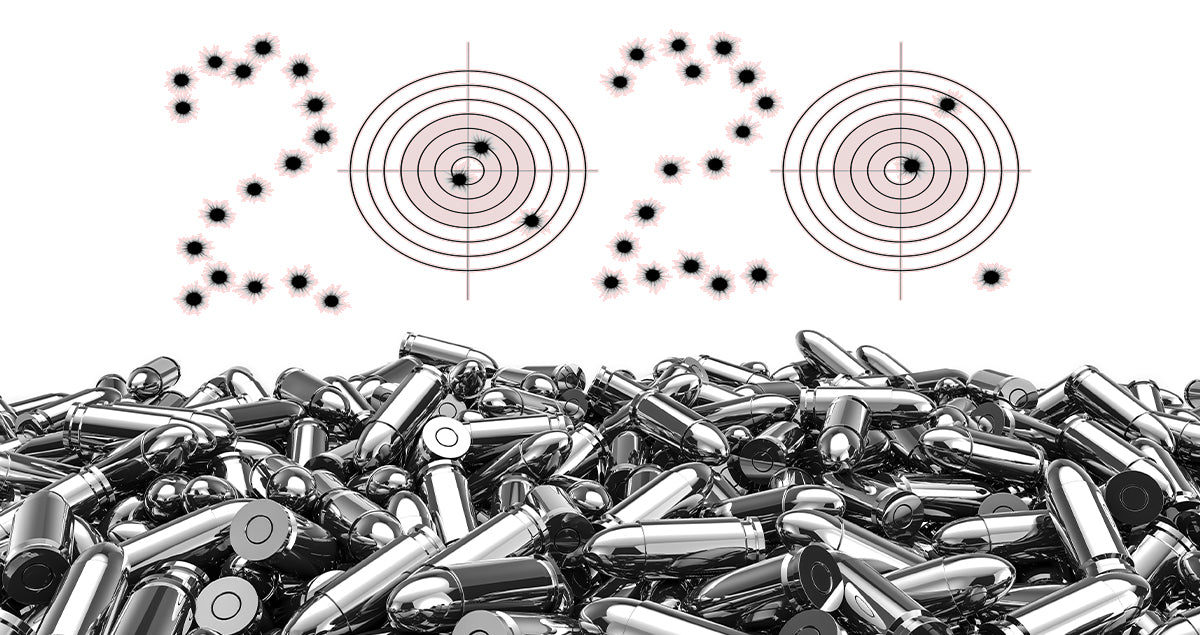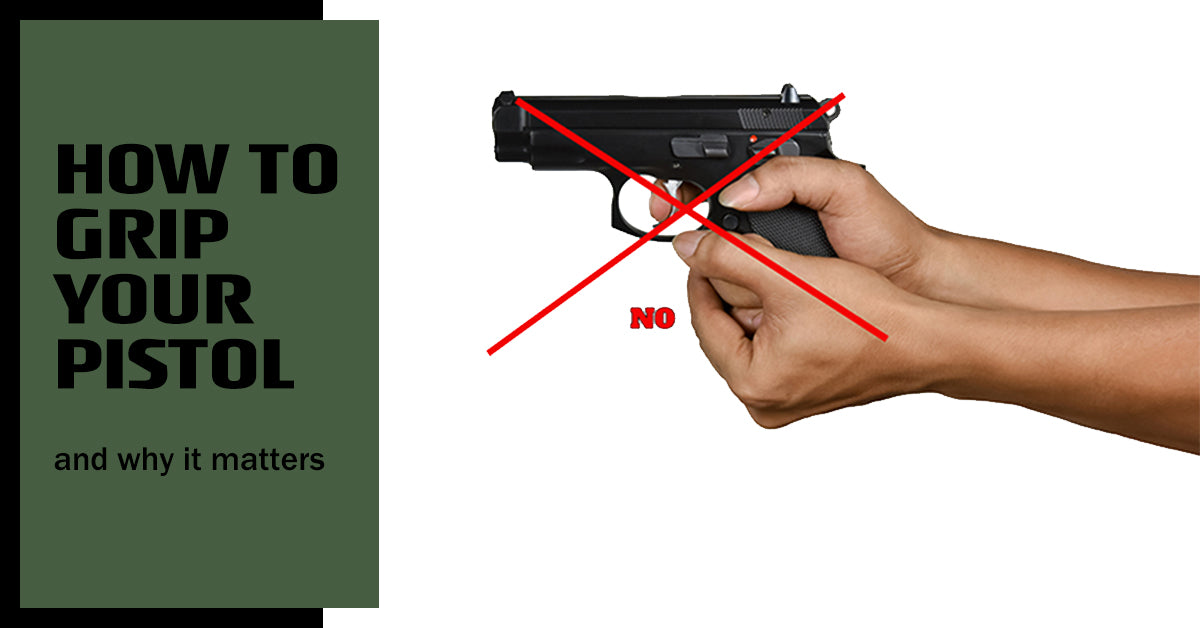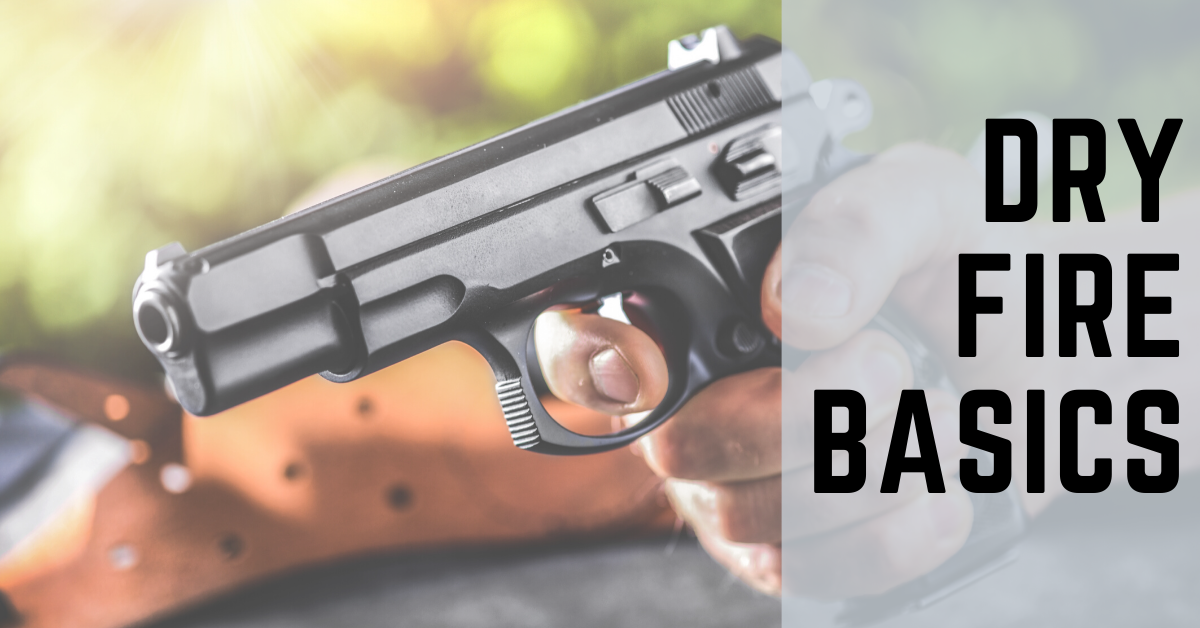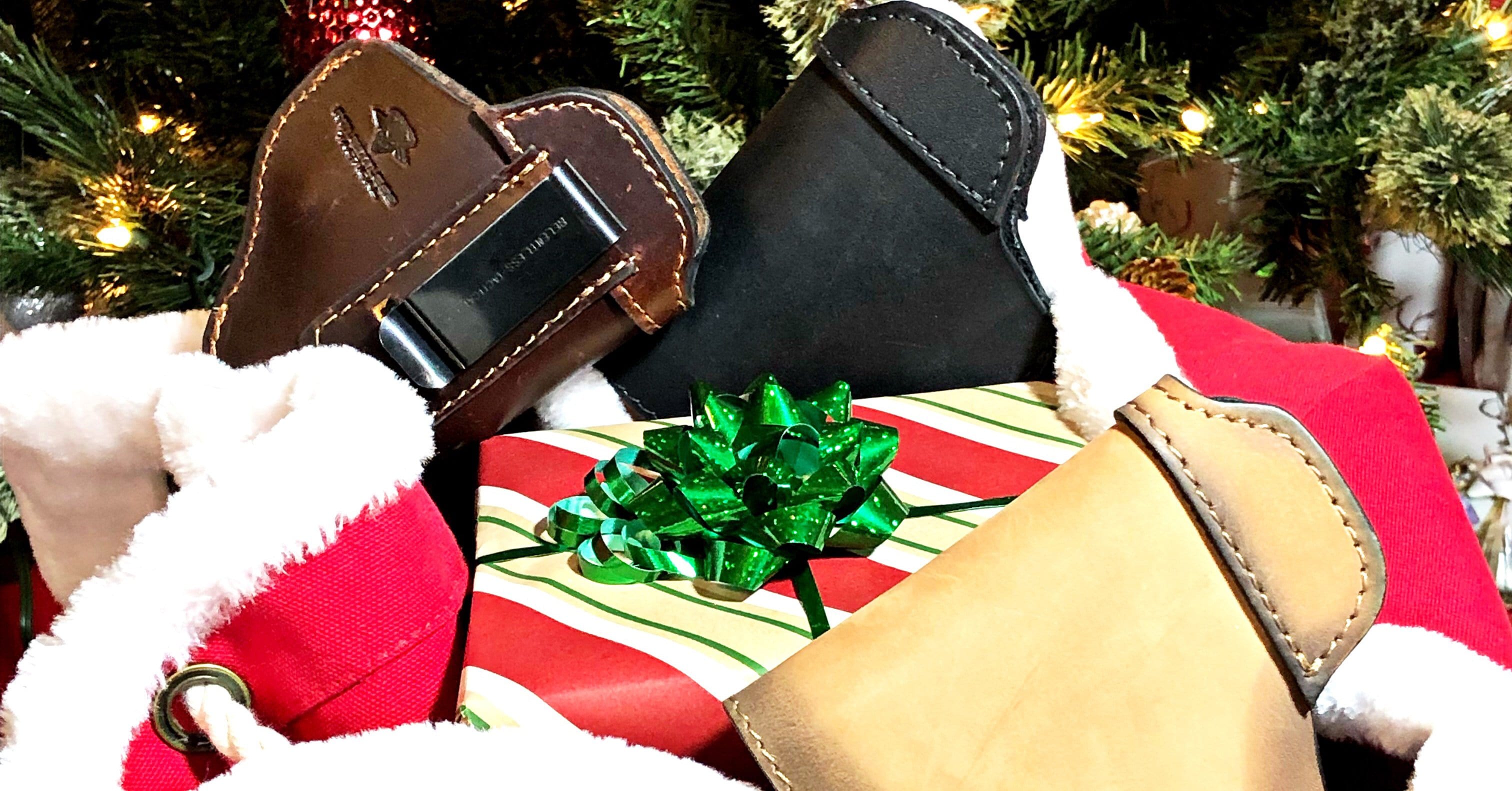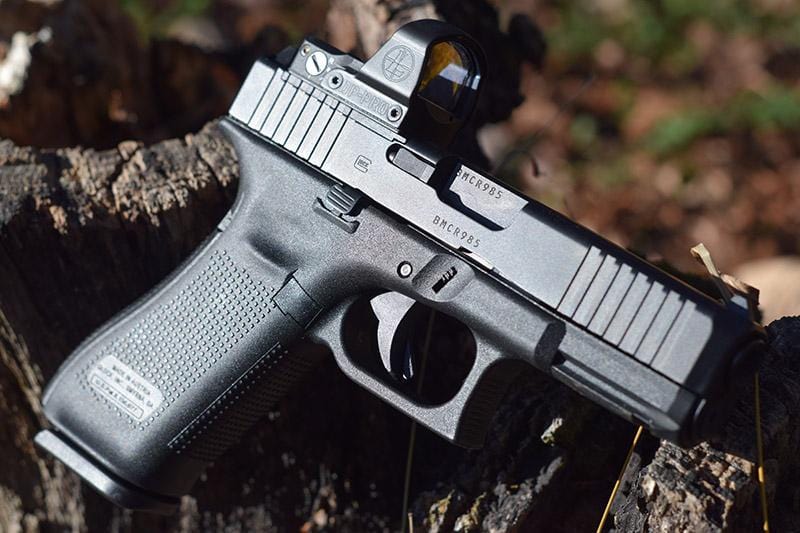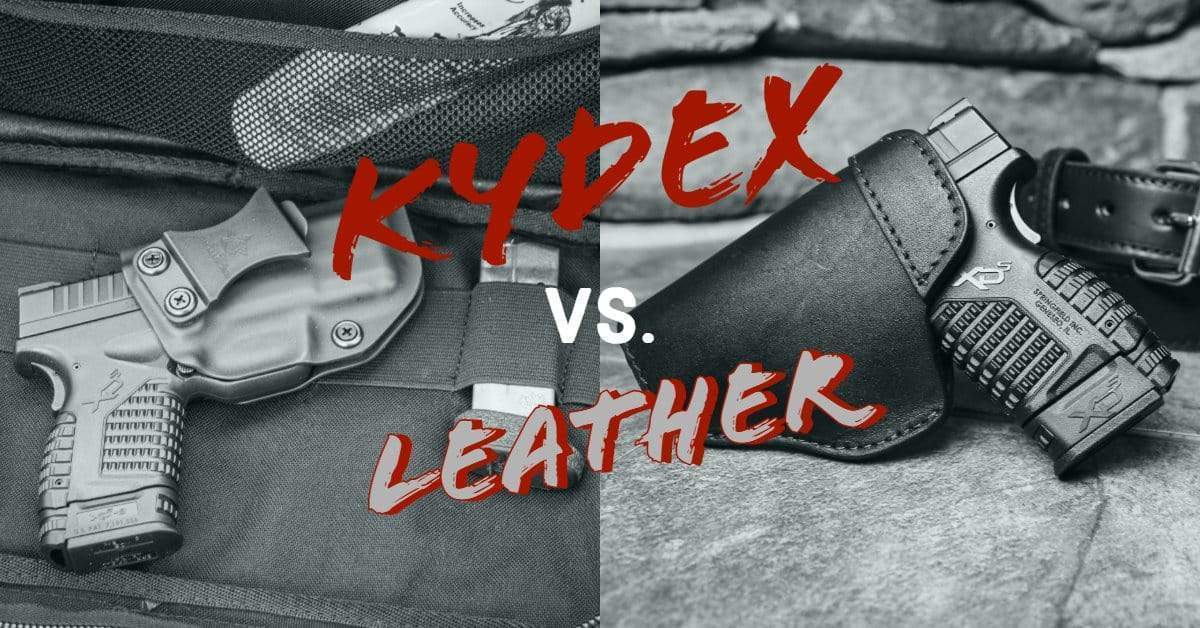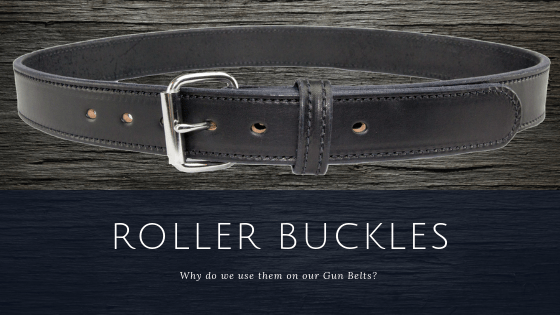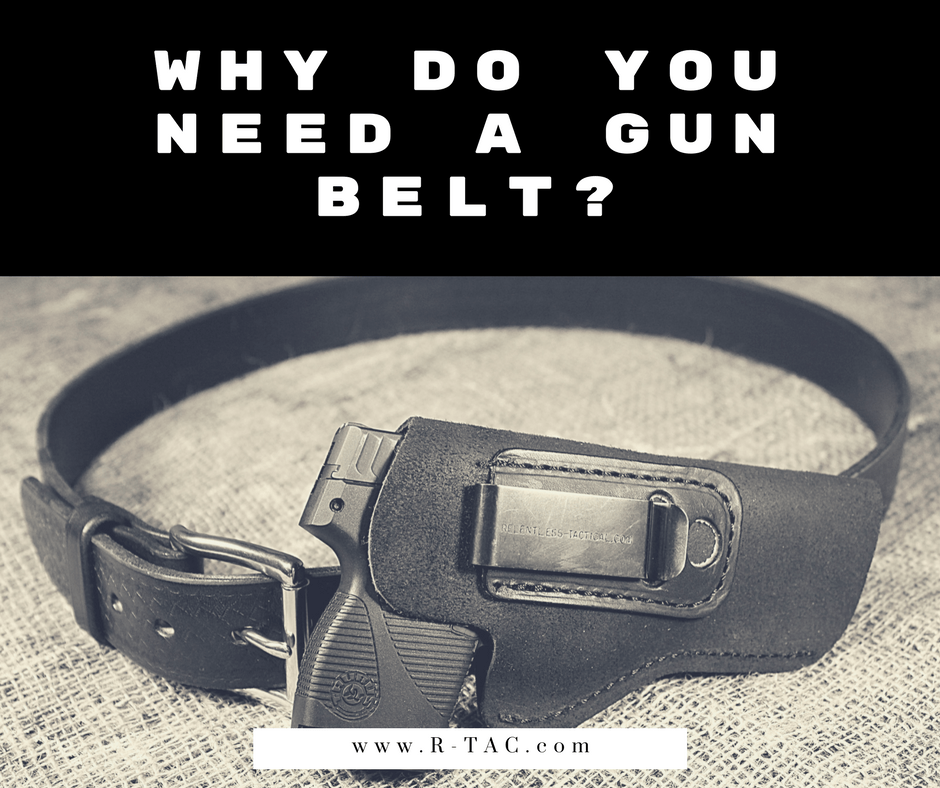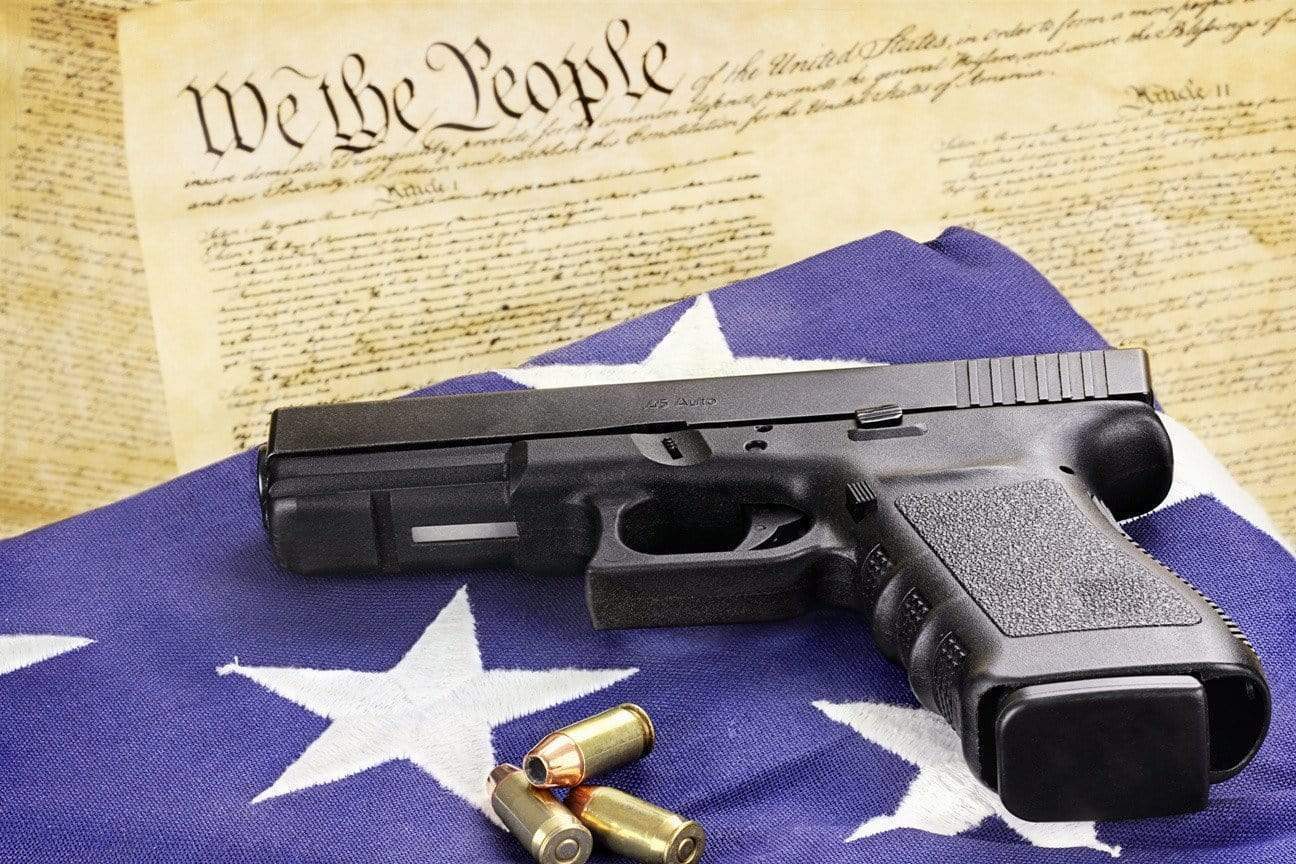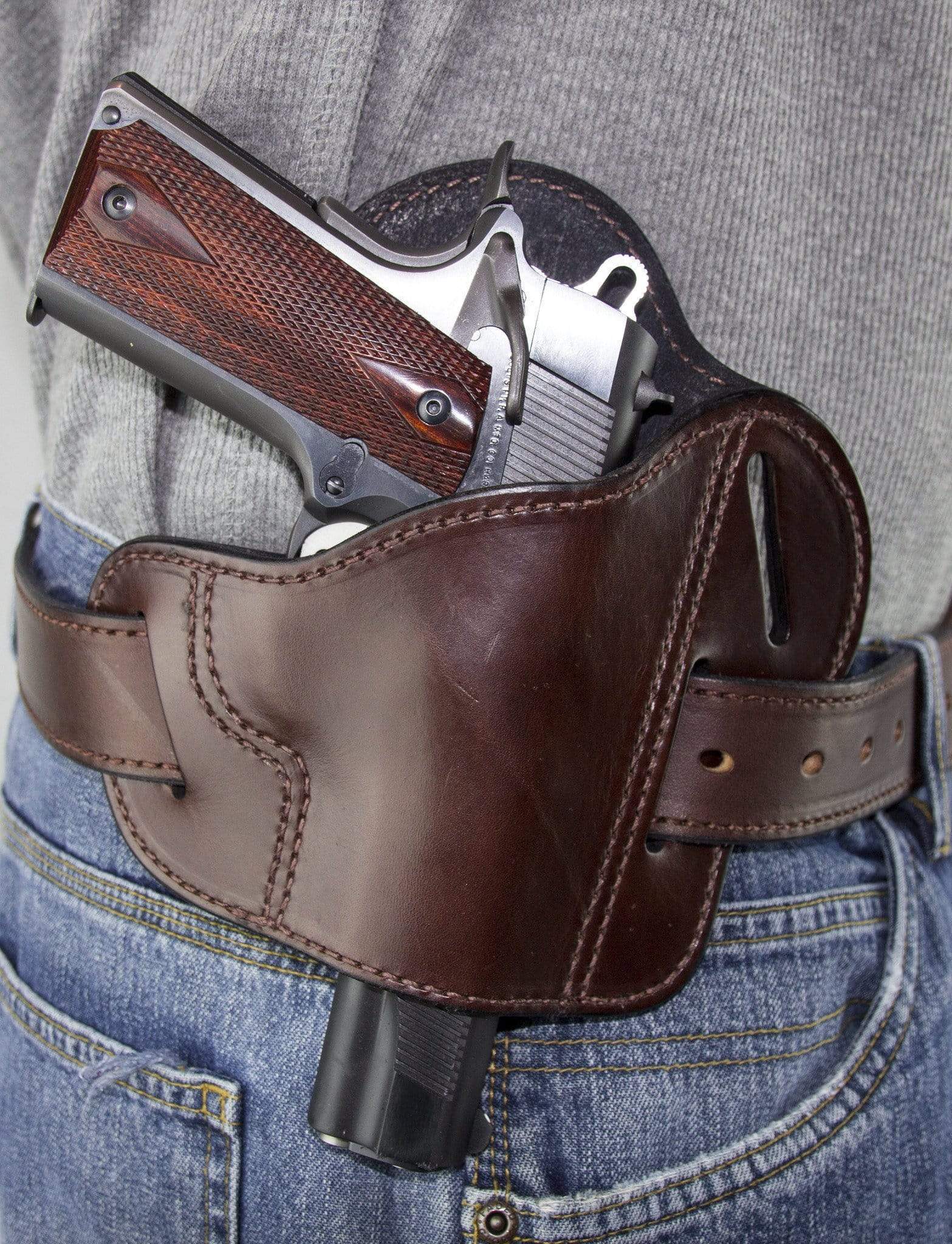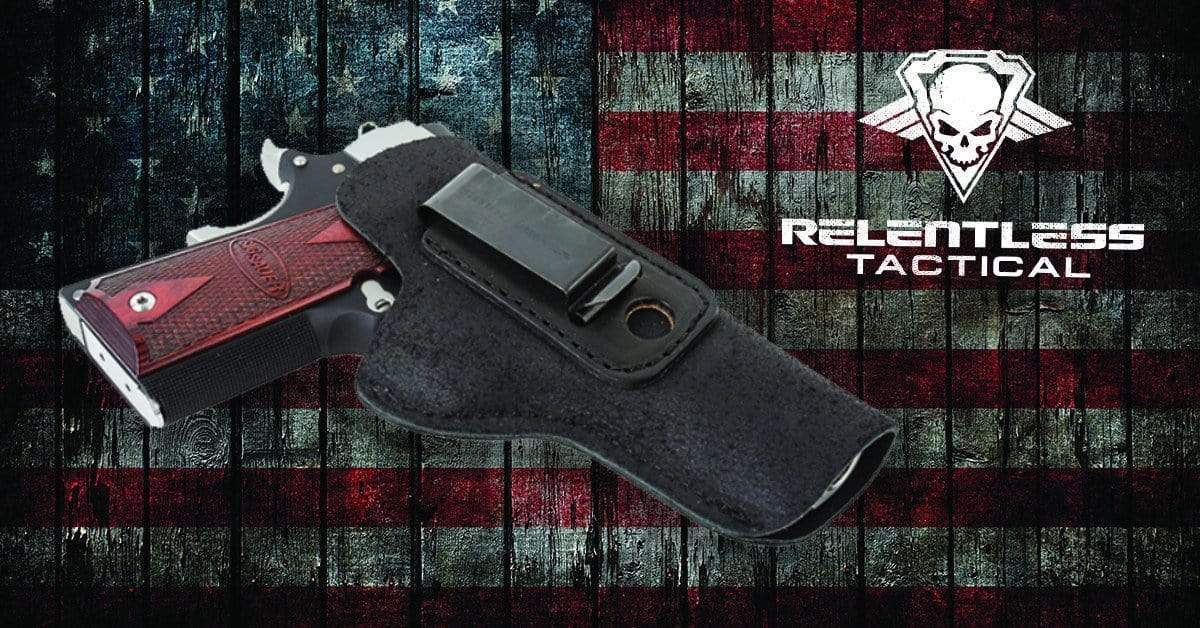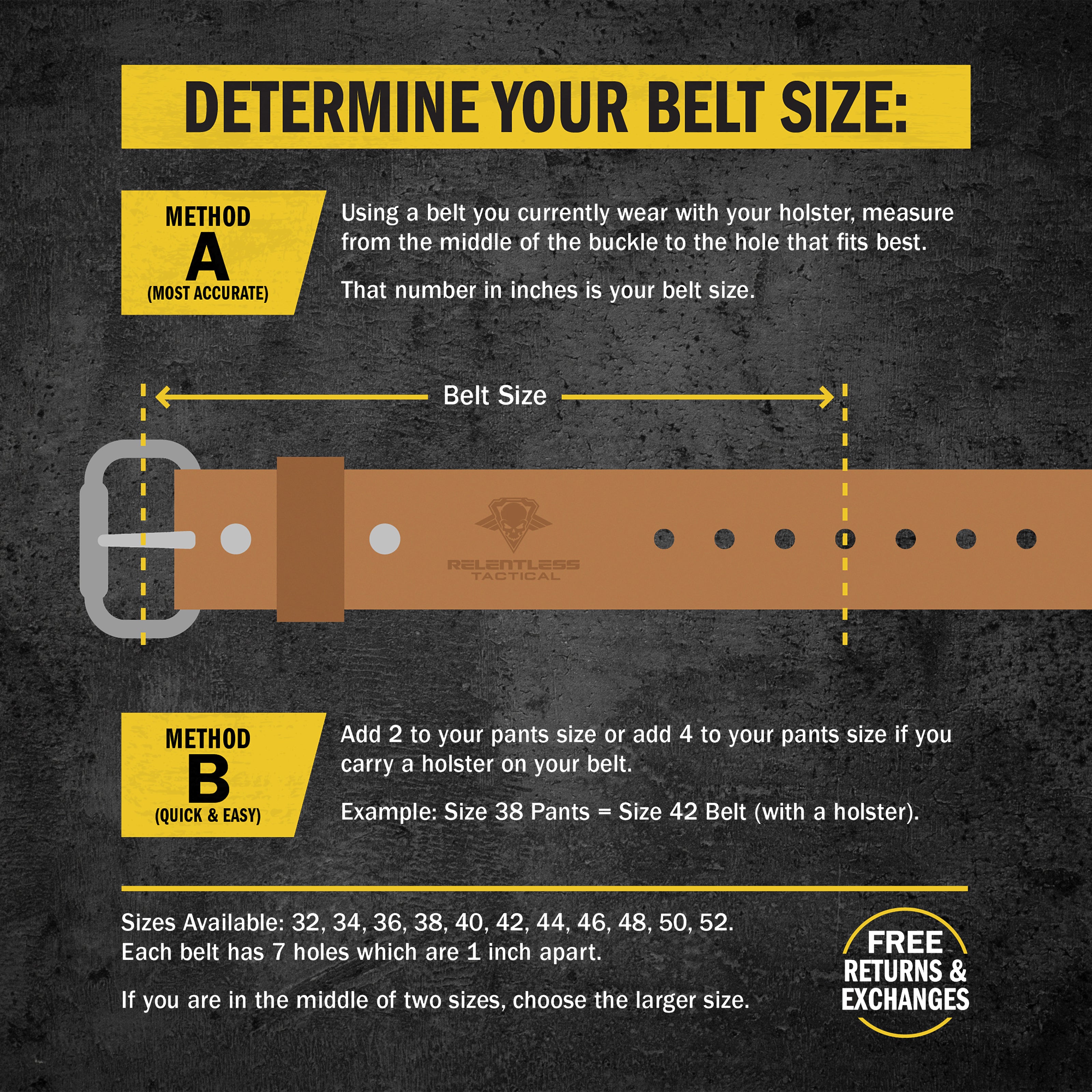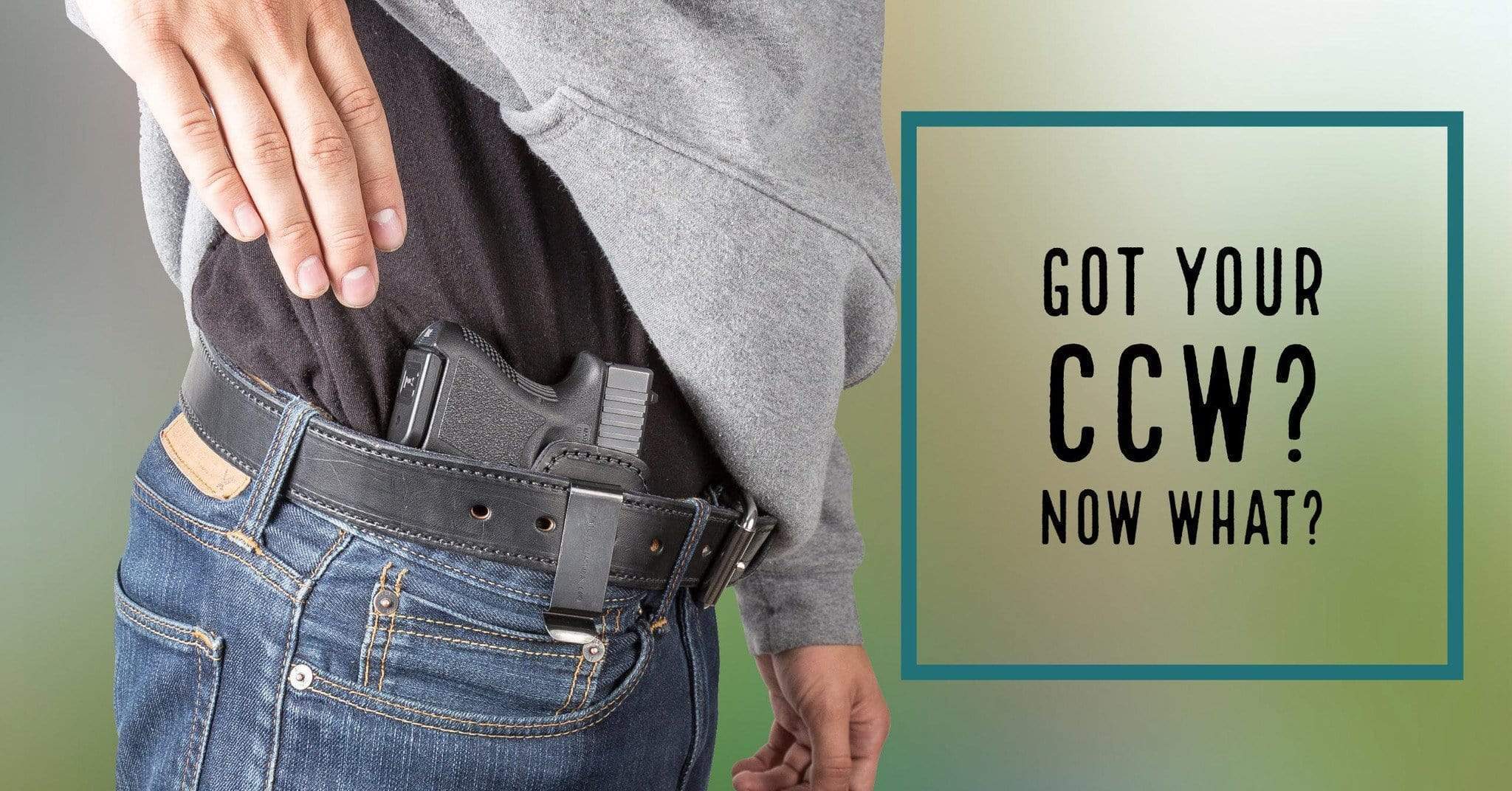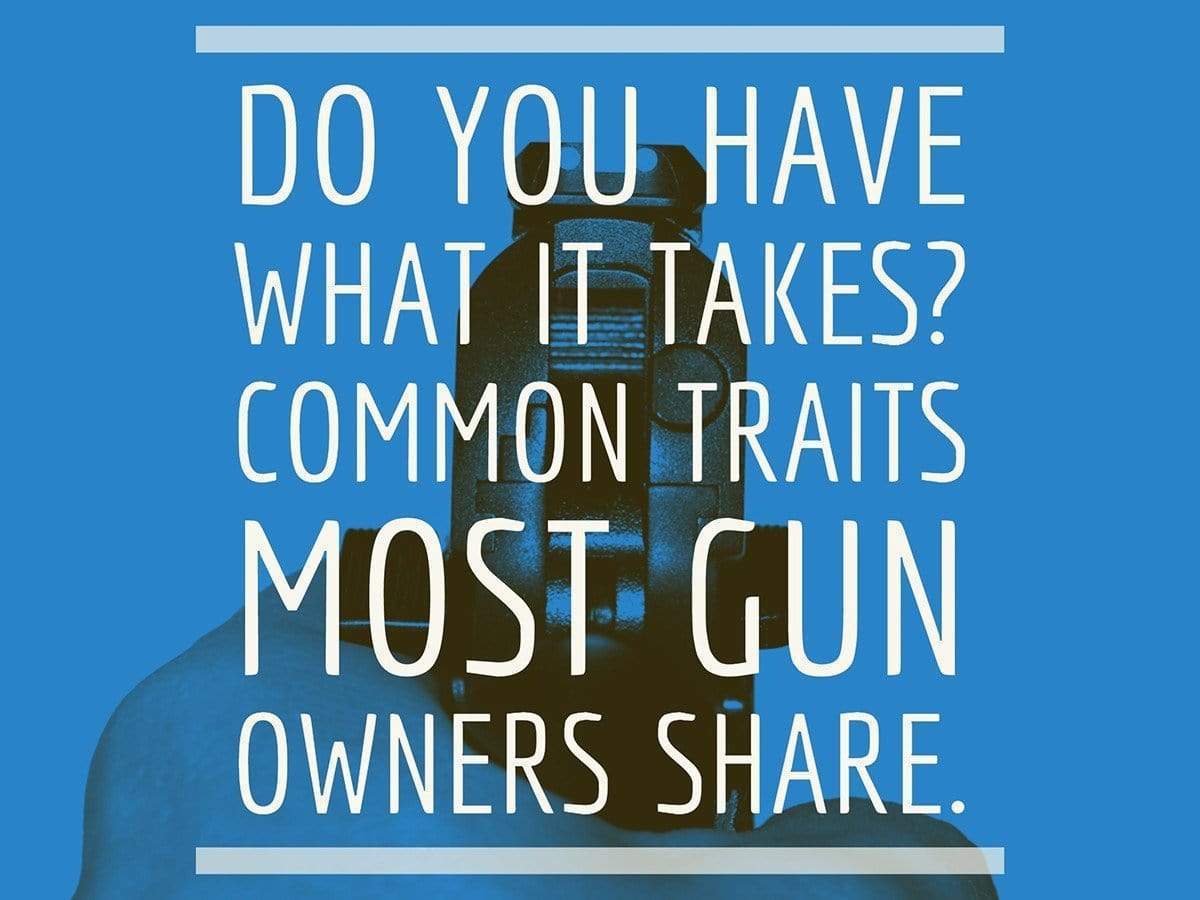What You Should Do When You Get A New Gun
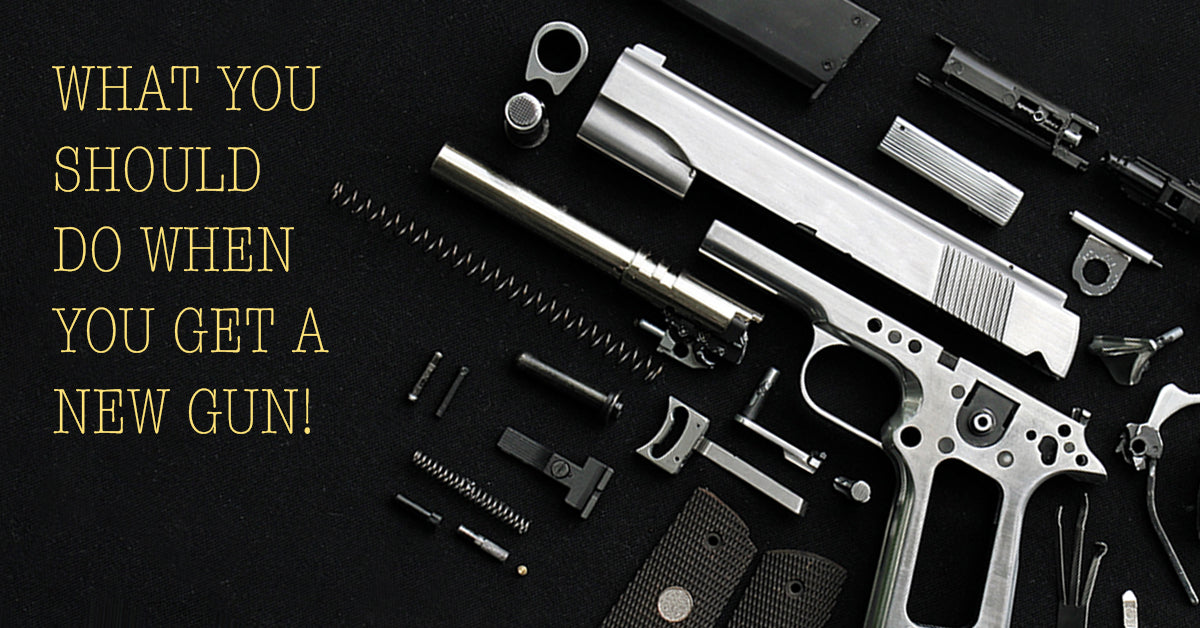
There are a series of events that lead up to, and should take place after, you purchase a new-to-you gun. Leading up to the purchase there is obviously a certain amount of research that needs to be done to find out what kind of gun, how much it’ll cost, etc. But, afterwards, there are things you should be doing as well.
For example, you should inspect and clean your gun when you get it to make sure all the parts are in working order. The writer of this article received a brand new gun from a major manufacturer with a gouge on the inside of the barrel. Because he saw that before he started shooting it, he was able to get it taken care of by the manufacturer.
Furthermore, you should always read your instruction manual before you do anything with your gun for the first time. There are things you’ll learn about your gun that you might not have otherwise known, just by reading the manual your gun came with.
The rest of this article will discuss some of the more important things you’ll learn by reading the owner’s manual your gun comes with:
Ammo
Believe it or not, even with today’s technology, not all guns are created equal. Not all guns are +P or +P+ rated (plus P, or plus P plus). If you are wondering, the main reason why is because these two types of ammunition have higher pressures associated with them and are known to wear parts out quicker.
Your owner’s manual will tell you what kind of ammunition your gun is capable of shooting. The last thing you want to do is try to run an ammo type that can hurt your gun in anyway.
Firearm Maintenance
There are important things to know concerning your firearm’s maintenance. For example, how to break it down. Also, how to put it back together again the proper way. And, you may think you know which points to lubricate your firearm at, but you may be missing something important.
Your owner’s manual tells you all of that maintenance stuff, and more. What else does it say regarding maintenance? It shows you part diagrams, part numbers, how to contact the manufacturer if there’s a problem with the gun, and more.
Clearing stoppages
Something you may already know how to do, especially since you’ve likely already read our article covering this topic, is how to clear a stoppage. But, if you wanted to know what the manufacturer says about stoppages and how to clear them, every manual we’ve ever read has a section on how to clear malfunctions in your gun.
Warranty info
A lot of folks never even open up their warranty information, but if you have a problem with your gun you’d be glad that you did. Most gun manufacturers offer some kind of warranty, with some being better than others.
Troubleshooting
These days many people are quick to take themselves to the internet to find answers as to why their gun may be doing this or that, when many times, reading the trouble shooting guide in your owner’s manual is more than sufficient to help you get to the bottom of an issue you may be having.
Many manuals have a section on this that will lay it out … if your gun is or isn’t doing this, check this part. The thought here, is that since they made the gun they must know how to fix it.
Any interesting stuff
Sometimes guns have little things that you should know, that, without reading the manual could cause serious problems to the gun itself. For example, the SIG Sauer P938 has a section in the owner’s manual that states not to manipulate the safety while the gun is broken down, and to do so could cause the safety detent plunger to fall out. If this happens, chances are good you’d need a gunsmith to put it back together.
The truth here, is that sometimes guns have little things about them that you may not know about that could cause you issues later on down the road. Every gun is different.
Reversing Parts
This really only applies to you if you’re left-handed, or bought a gun from a lefty and want to return it to right hand operation. If you want to reverse the magazine catch/release, then your manual will tell you how to do that if your gun is capable.
Extra Gear
Another aspect to take into consideration is the gear you'll want if you're going to be concealed carrying your new weapon. We recommend a gun belt and holster to safely and properly carry your weapon if the purpose of the weapon is for concealed carry. We have a few listed below that will most definitely fit your needs regardless of which sidearm you choose to buy.
Conclusion
At the end of the day, reading your owner’s manual whenever you get a new gun is a good idea. It’ll not only teach you about your chosen firearm, but make sure you stay safe when you’re handling it, tell you how to fix it, explain what parts you may need and when, tell you what type of ammunition to use, etc. The owner’s manual is one of the most important, and sadly most underrated tools in the gun owner’s shed.


